Why Does the “cup12920z_a 1 mp schematic pdf” Matter?
Are you knee-deep in electronics or maybe just looking for that exact schematic file to make sense of a project? You’re not alone. The “cup12920z_a 1 mp schematic pdf” is becoming a bit of a go-to reference for people dealing with a specific circuit or setup.
But here’s the kicker: these kinds of files often feel like they’re written in another language.
And if you’re wondering how you’ll ever make heads or tails of it, you’re in the right place. I’m here to unpack what’s in this schematic, what it’s useful for, and how to use it practically.
In this guide, I’ll keep it practical, with bullet points, FAQs, and as little tech jargon as possible.
What Is “cup12920z_a 1 mp schematic pdf” Exactly?
The “cup12920z_a 1 mp schematic pdf” is a digital document laying out the detailed wiring and circuit design for a particular type of electronic device or component.
Here’s what you’ll find inside:
- Circuit Layouts: Shows the path electricity takes across the components.
- Component Specs: Lists resistors, capacitors, diodes, etc., with specific values and placements.
- Connection Points: Essential for linking different parts of the circuit, especially if you’re working on repairs or replacements.
Now, you might think, “Why all the fuss for one PDF?” But when you’re troubleshooting or building something custom, this kind of detail can be a lifesaver.
Why You Need It
Imagine you’re fixing a complex gadget. Without the schematic, it’s like trying to put together IKEA furniture without the manual! With the “cup12920z_a 1 mp schematic pdf,” you have a roadmap that lays it all out—no guesswork needed.

How to Use the “cup12920z_a 1 mp schematic pdf” for Real Projects
Using a schematic can seem intimidating, but it doesn’t have to be. Here’s a step-by-step approach to get the most out of this document.
Step 1: Open the PDF and Familiarize Yourself
First off, just open the file. Scan through it without trying to understand every line right away. This will help you get a general feel for the layout, main symbols, and flow.
Step 2: Identify Key Components
Look for the main components first, like:
- Power Supply: Often marked with a plus (+) and minus (-) sign.
- IC Chips: They’ll have labels and pins that connect with different parts.
- Ground Connections: Essential for completing circuits, usually a symbol like an upside-down triangle.
Tip: Circle these key areas on a printed copy or digitally mark them up on your screen.
Step 3: Follow the Paths
Most people struggle with tracing paths. Here’s how to make it easier:
- Start from one main component, like the power source.
- Trace each line methodically to see where it connects.
- Use a highlighter to follow along and keep track of each path.
FAQ: Common Questions About the “cup12920z_a 1 mp schematic pdf”
What exactly does ‘cup12920z_a 1 mp’ mean?
- This is usually a specific model number or ID for a device component. Each part number can help you match the schematic to the actual device.
Why can’t I find clear labels on everything?
- Some PDFs use minimal labels to keep the file uncluttered. Try checking the document’s index or looking for an accompanying key or legend that explains the symbols.
Can I modify the circuit shown in the schematic?
- In theory, yes, but you’ll want to be cautious. Changing circuits can have unexpected effects, especially if you’re not sure how each component interacts.
Practical Tips for Reading Schematics Like a Pro
When you’re staring at the “cup12920z_a 1 mp schematic pdf,” remember these tips to avoid getting lost in the details.
Learn the Symbols
It’s kind of like reading a map—knowing the symbols is half the battle. For example:
- Resistor: A squiggly line
- Capacitor: Two parallel lines
- Diode: A triangle pointing at a line
Compare to Real Components
If you have the device in front of you, check the parts against the schematic to help you match things up. This real-world reference makes schematics a lot easier to understand.
Take It Section by Section
Don’t try to tackle the whole thing in one go. Divide it into smaller parts—say, power supply, IC chips, and output—and work through each area individually.
Use Online Resources
Sometimes, even with the best PDF, you might still hit a snag. Consider checking out electronics forums or sites like All About Circuits for insights from people who’ve been there.
What Can Go Wrong When Using Schematics?
Working with schematics isn’t always smooth sailing. Here are a few snags you might encounter and how to handle them.
Problem: Confusing Symbols
Solution: Look up a key or check online for a symbol reference sheet.
Problem: Missing Information
Solution: Sometimes, PDFs skip specific component details. Try looking up the part number or checking if there’s a detailed datasheet available.
Problem: Circuit Doesn’t Work as Expected
Solution: Double-check your connections. Sometimes, a missed or loose wire can throw off the whole setup.
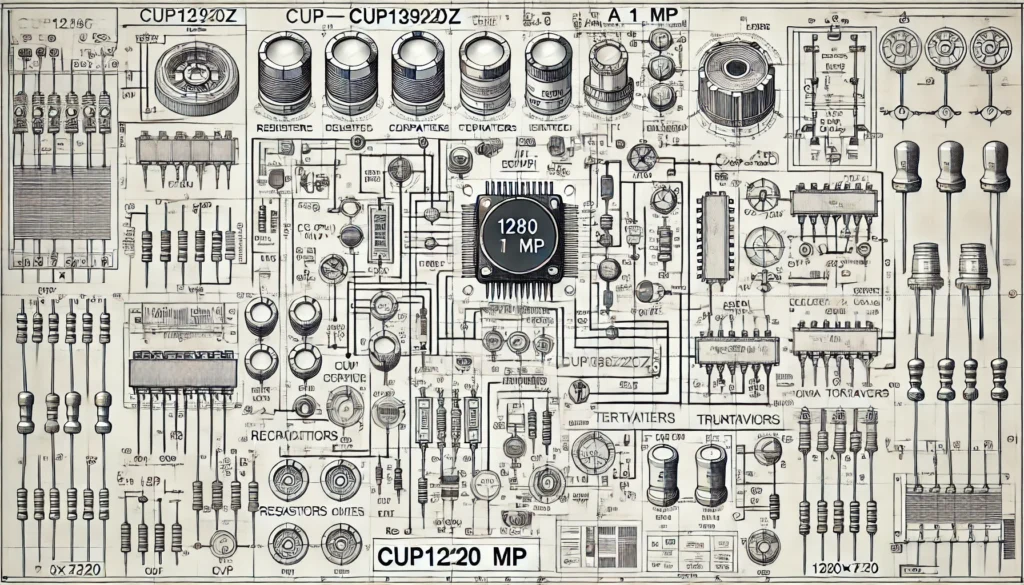
Real-Life Example: When the “cup12920z_a 1 mp schematic pdf” Saved the Day
Let’s say you’re trying to repair a gadget that keeps short-circuiting. Without the schematic, you’d be blindly testing components, hoping to find the fault. With the “cup12920z_a 1 mp schematic pdf,” you can identify potential problem spots, check connection points, and zero in on the issue way faster.
I once had to troubleshoot a device where I suspected a resistor was failing. Thanks to the schematic, I could quickly locate the resistor in question, test it, and get the device back up and running in no time.
Useful External Resources for Schematic Help
Need more help? Check these out:
- Electronics Tutorials for guides on symbols and circuit basics.
- StackExchange Electronics to ask questions about tricky schematics.
- Circuit Digest for detailed breakdowns and tips on various electronics topics.
These sites can add some extra support if you get stuck on parts of the schematic.
Wrapping It Up: Why the “cup12920z_a 1 mp schematic pdf” Is Worth Having
When it comes down to it, the “cup12920z_a 1 mp schematic pdf” is like a treasure map for anyone working on a related circuit. It’s detailed, it’s specific, and it’ll save you hours in troubleshooting time.
Whether you’re a hobbyist or a pro, having this PDF on hand means you’re that much closer to getting your project right the first time.
Got more questions? Dive into the forums and don’t be afraid to experiment—with care.
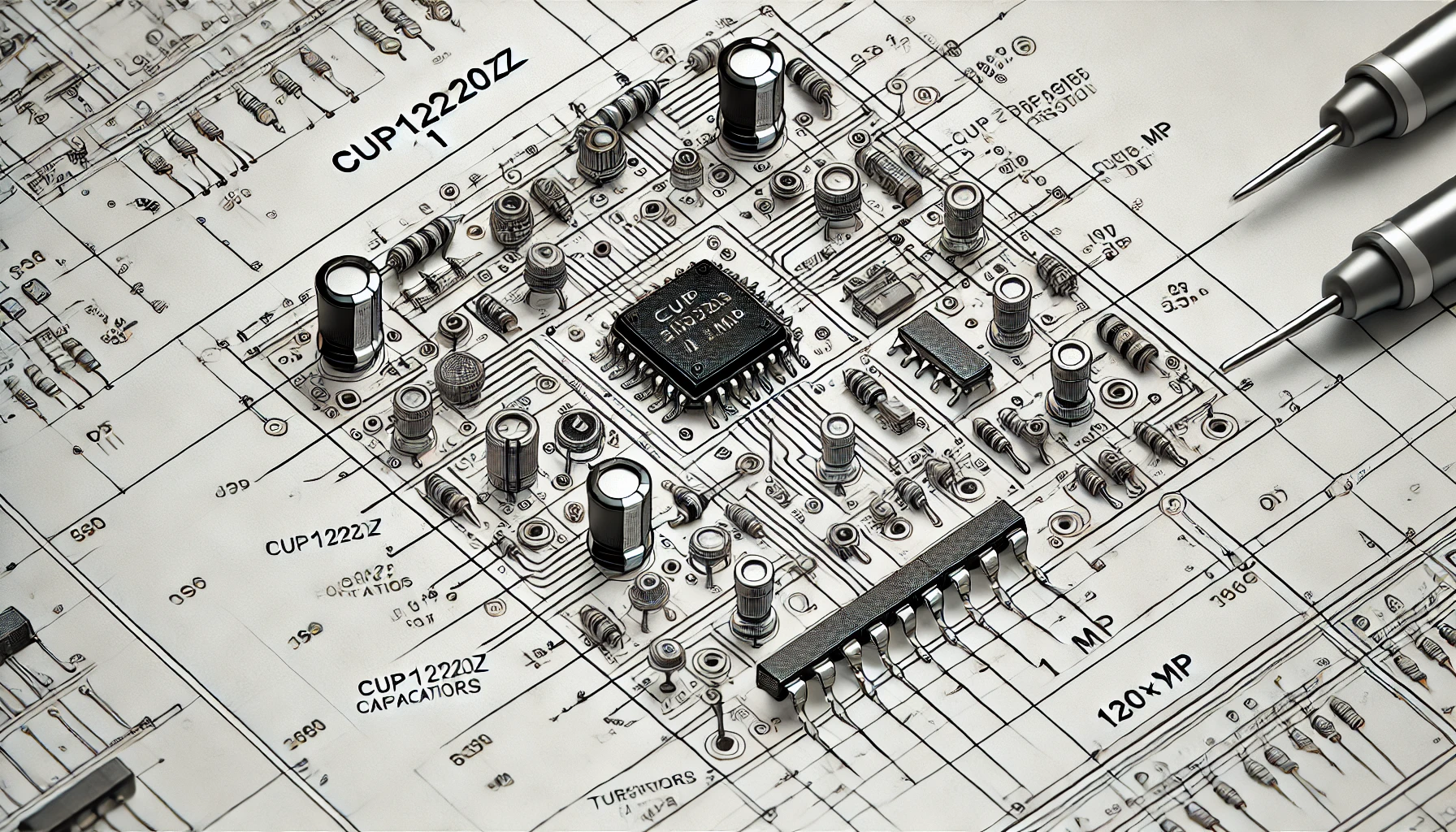

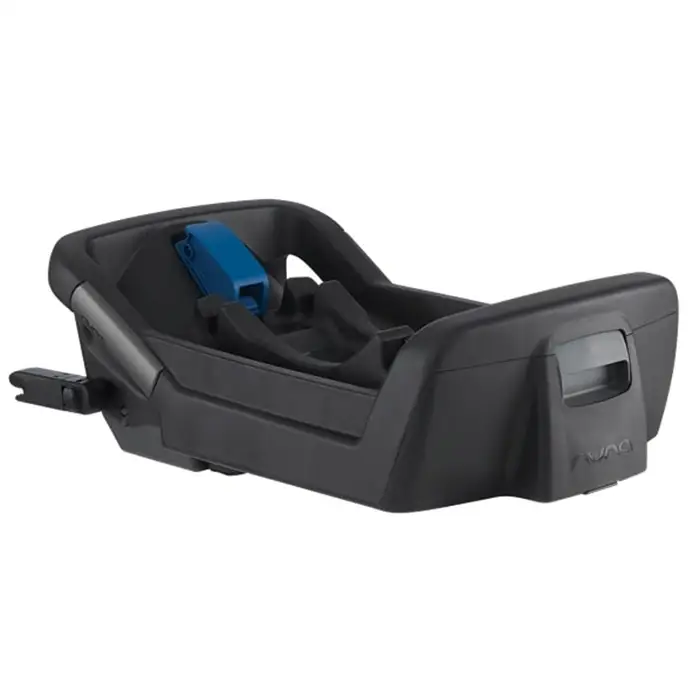
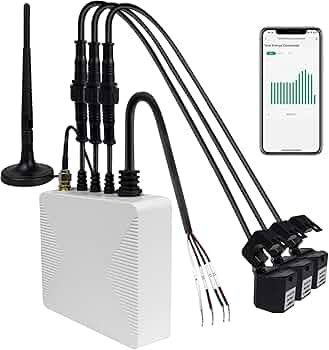




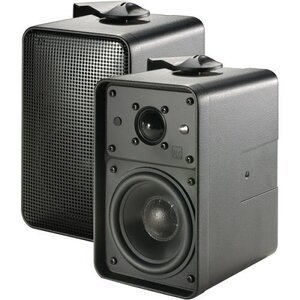


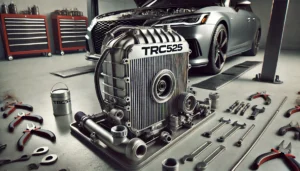


Post Comment